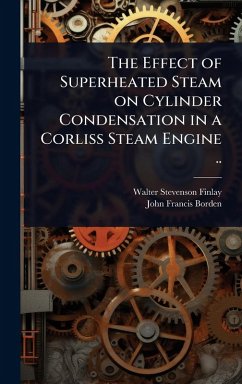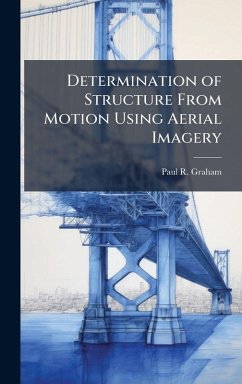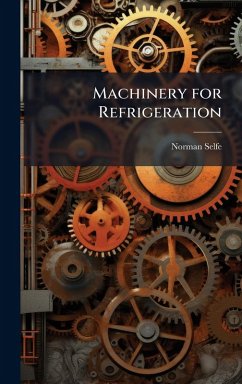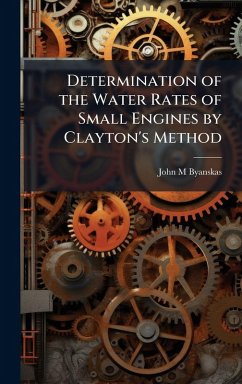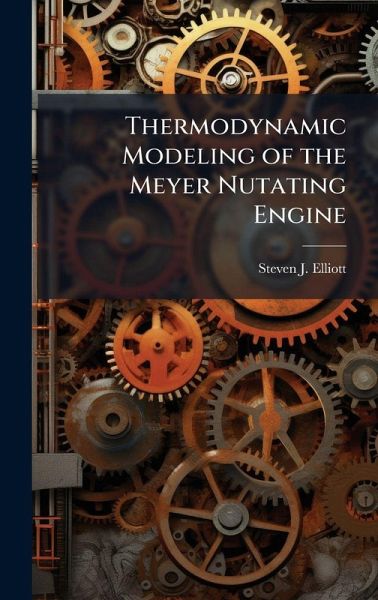
Thermodynamic Modeling of the Meyer Nutating Engine
Versandkostenfrei!
Versandfertig in über 4 Wochen
29,99 €
inkl. MwSt.
Weitere Ausgaben:

PAYBACK Punkte
15 °P sammeln!
The purpose of this project was to develop a tool to model the performance of the Meyer nutating engine. A new type of internal combustion engine, this engine replaces the pistons with a nutating, or wobbling, disk. Contact between the disk and the engine walls create the chambers for compression and expansion. The disk's motion causes the volumes of these chambers to change, causing air intake, compression, expansion, and exhaust to take place. In the process of creating a program to do this, thermodynamic relationships were determined and incorporated into an Engineering Equation Solver comp...
The purpose of this project was to develop a tool to model the performance of the Meyer nutating engine. A new type of internal combustion engine, this engine replaces the pistons with a nutating, or wobbling, disk. Contact between the disk and the engine walls create the chambers for compression and expansion. The disk's motion causes the volumes of these chambers to change, causing air intake, compression, expansion, and exhaust to take place. In the process of creating a program to do this, thermodynamic relationships were determined and incorporated into an Engineering Equation Solver computer model. This allows designers to see the performance of differently-sized engines at various engine speeds and altitudes. This model was verified against a MATLAB model, showing good agreement at mid range engine speeds and comparisons were made to current engines. The nutating engine showed significant weight savings over current engines of the same power. This work has been selected by scholars as being culturally important, and is part of the knowledge base of civilization as we know it. This work was reproduced from the original artifact, and remains as true to the original work as possible. Therefore, you will see the original copyright references, library stamps (as most of these works have been housed in our most important libraries around the world), and other notations in the work. This work is in the public domain in the United States of America, and possibly other nations. Within the United States, you may freely copy and distribute this work, as no entity (individual or corporate) has a copyright on the body of the work. As a reproduction of a historical artifact, this work may contain missing or blurred pages, poor pictures, errant marks, etc. Scholars believe, and we concur, that this work is important enough to be preserved, reproduced, and made generally available to the public. We appreciate your support of the preservation process, and thank you for being an important part of keeping this knowledge alive and relevant.



